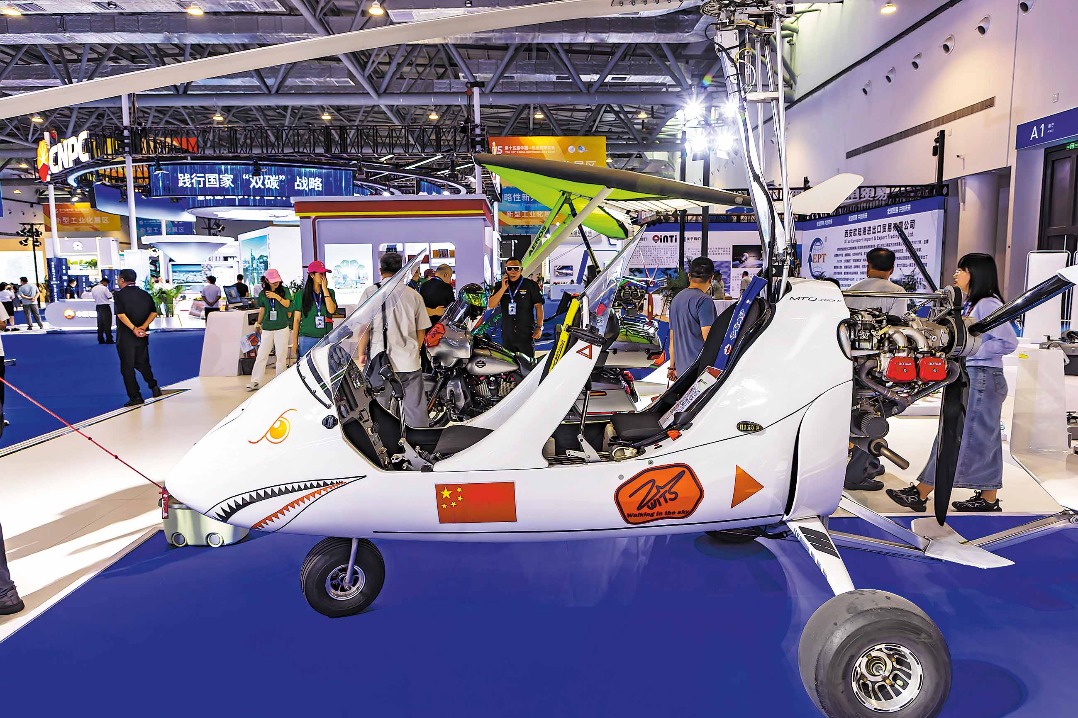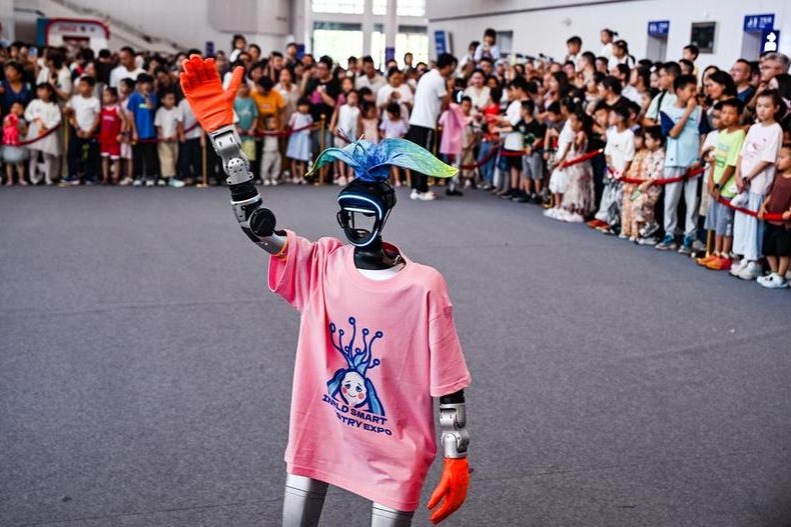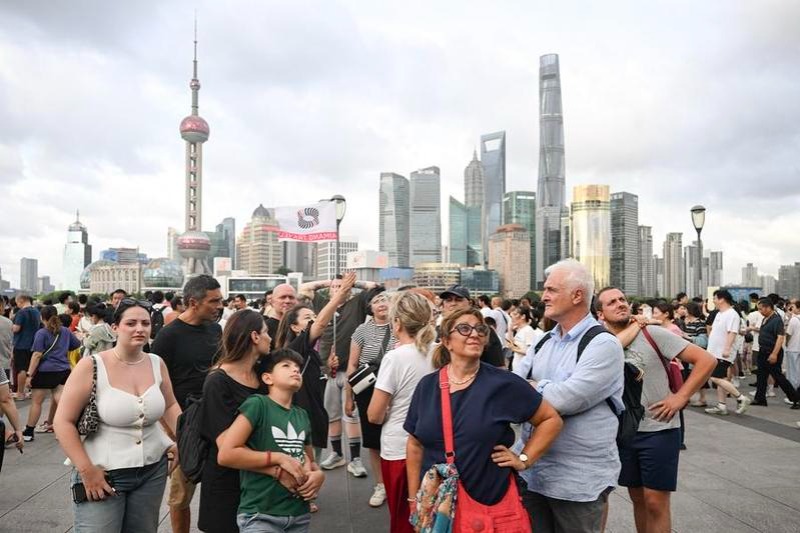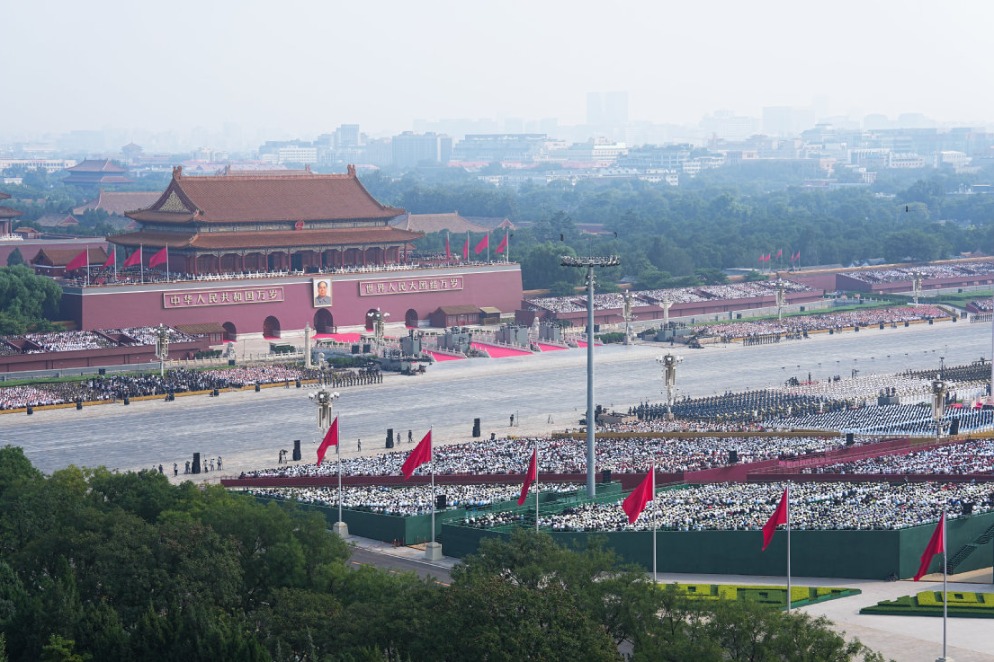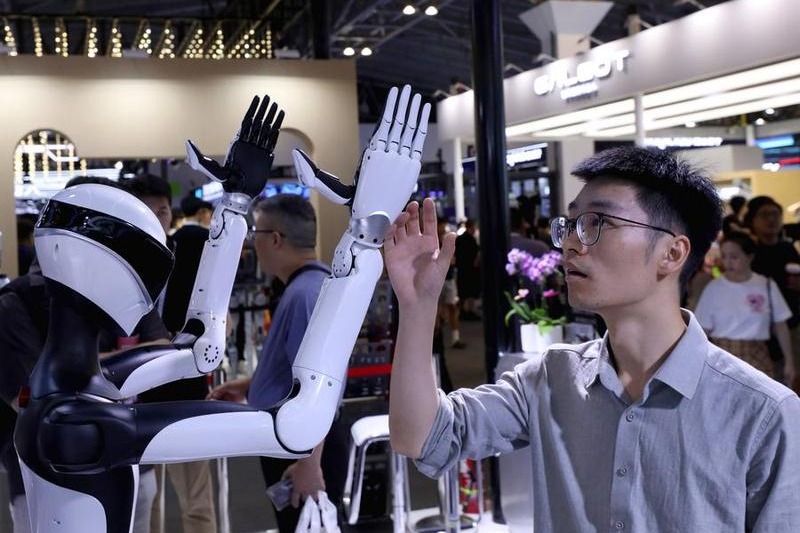Balancing the economy with the environment


This year marks the 40th anniversary of China's reform and opening-up. In 1978, China's per capita GDP was $156.40-the global average was $1,973.79. In 2017, the corresponding figures for China and the world were $8,826.99 and $10,714.47-an increase of 56.4 times and 5.43 times, respectively. In 1978, about three-quarters of Chinese people lived in absolute poverty. By the end of this year, the corresponding figure is expected to be less than 1 percent-a rate of progress never seen in human history.
I first visited China in 1981, at the invitation of the Chinese authorities as an adviser to the South-North water transfer mega project, which continues to be one of China's most ambitious and complex infrastructure development projects. I spent one month travelling across China, and since I was a foreign national, I had to get special permission to travel to the cities and towns along the Yangtze River.
Ruing the missed chance in Shenzhen
A senior official even suggested I buy a house in the new special economic zone of Shenzhen where foreigners, for the first time after 1949, were allowed to buy property. I visited Shenzhen, then a town of about 35,000 people, and was shown a series of villas under construction around a lake, each with about 0.8 hectare of land. They cost about $84,000. The official told me that by 2000, Shenzhen would have a population of 5 million. I politely refused the suggestion, telling the official that in the entire human history, no city has gone from 35,000 to 5 million in less than 20 years.
I live to rue my decision in Shenzhen in 1981-the biggest investment error of my life. The cost of land of the bungalow alone is now about $50 million.
Even the Chinese underestimated Shenzhen's growth. This year when I visited the city, its mayor told me that they are expecting an additional 10 million people by 2035. He sought my advice on how the city can provide enough clean water for its residents and other economic activities, and implement good wastewater management practices.
One major lesson I have learned from the Shenzhen experience is that China is a very special country, and it would be a serious mistake to use historical knowledge from any part of the world to predict its future development.
Since 1981, I have visited China at least once a year, and witnessed its remarkable metamorphosis over the almost four decades. A common complaint of China critics is that its economic development has been at the cost of the environment and quality of life-quality of air, water and soil.
I advised the first administrator of the former Environmental Protection Agency, Qu Geping, and co-authored a book, Environmental Impact Assessment for Developing Countries (published both in English and Chinese), with him. And thanks to my association with China, I have witnessed the impact of development on its environment over the past four decades.
Successfully tackling environmental pollution
During my first visit to China, air pollution was not an issue-not in Beijing or the cities, towns and villages along the Yangtze River. But since China's economic growth rate over the past decades has been more than or has bordered 10 percent a year, air, water and soil pollution has become a serious problem.
In 2012, the World Health Organization indicated that China had perhaps the highest level of air pollution in the world, which caused more than 1 million premature deaths. As for water pollution, in 2014, 15.7 percent of China's groundwater was considered "very poor and 44 percent "relatively poor". Only 3 percent of the groundwater in the North China Plains, covering about 440,000 square kilometres, could be considered "clean".
In 2014, survey results showed 16.1 percent of China's soil and 19.4 percent of all farmland were contaminated by chemical pollutants and heavy metals-contaminated soil was spread over 250,000 sq km, an area larger than the United Kingdom.
Environmental deterioration became an increasingly serious public and political concern, especially after 2000. In 1999, then vice-premier Wen Jiabao said water shortages "threaten the very survival of the Chinese nation".
The strategic focus of the Chinese government changed during this period, with the leadership focusing more on devising policies that would result in better quality economic growth which in turn would increase people's incomes and improve their quality of life.
Setting much higher environmental goals
Now China, under the leadership of President Xi Jinping, has set higher environmental goals. While countries such as the United States are diluting environmental laws and regulations, China is issuing increasingly tougher laws to check all types of pollution. The relative importance of the environment was evident in the highest echelons when addressing the 19th National Congress of the Communist Party of China in 2017, General Secretary Xi Jinping reiterated the importance of environmental protection and ecological civilization.
That was followed up by Premier Li Keqiang's Government Work Report in March this year, in which he outlined stricter pollution control and enforcement measures, including closing down polluting and inefficient coal and steel plants, banning the import of solid wastes for processing, and enlarging China's electric car fleet.
All these policy instruments will be strictly monitored and managed by the new Ministry of Ecology Environment, arguably the most powerful environmental ministry in the world. China is now well set to become a world leader in environmental pollution control. In fact, it has adopted a two-pronged approach to clean up its environment-strictly regulate pollutant discharges on the one hand, and clean up the existing pollutants on the other.
The results of implementing pollution-control measures over the past five years are enough cause for optimism. For example, in 2013, when the government announced that the PM 2.5 level in Beijing would be reduced to 60 micrograms per cubic meter by 2018, most Chinese and foreigners considered the target to be rather ambitious and probably unachievable. But by January 2018, average PM2.5 levels in Beijing had declined to 34 micrograms per cubic meter, below the national standard of 35 micrograms.
Miracles can be performed
The Beijing municipal environmental protection bureau further noted that 25 of the 31 days in January had "good" or "excellent" air quality. Compared with January 2017, the levels of sulphur dioxide, nitrogen dioxide and PM10 fell by 55.6 percent, 35.4 percent and 51.1 percent, respectively. As a result, Beijing has entered the group of top 10 cities in terms of air quality for the first time this month. Dry and windy conditions no doubt helped, but the fact is, China is progressively and successfully reducing its air pollution levels.
In July 2017, Xi told all ministers and governors that controlling environmental pollution would be one of China's top three priorities-the other two being poverty reduction and managing financial risks. With such support from the top leadership, one can predict that just like its economic development over the past decades, China will also make spectacular progress in controlling environmental pollution-much faster than any developed country.
The air and water quality in China is expected to be significantly better by 2025. But the quality of soil will take somewhat longer to improve-any significant improvement is unlikely before 2035 because of the complexities associated with soil remediation.
The author is a visiting professor at the University of Glasgow, and co-founder of Third World Centre for Water Management.




















